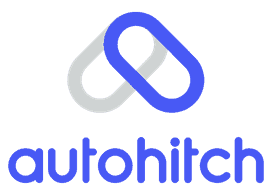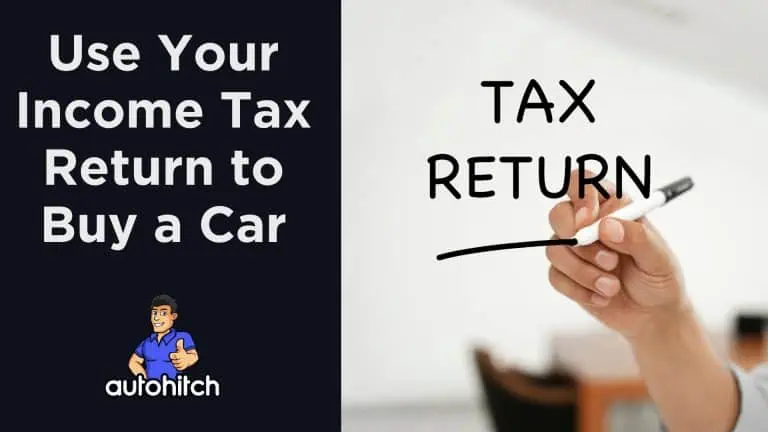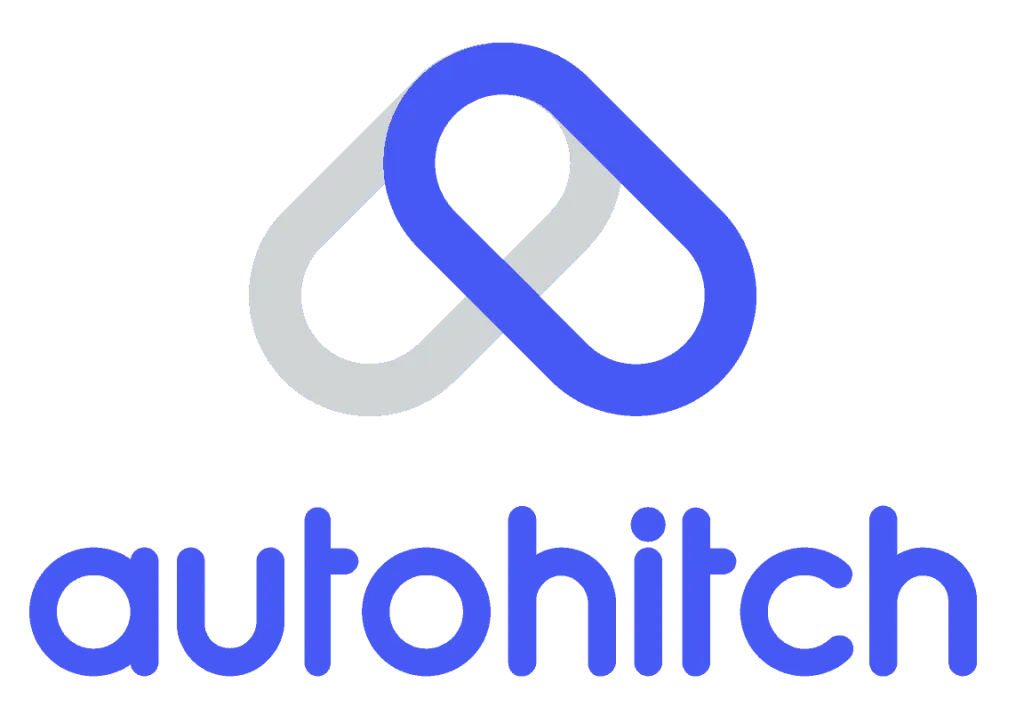Are you hoping to buy a new or used car with your tax refund this year?
The average American receives $3,079 in income tax refunds, which can cover a large chunk of a vehicle down payment.
Whether you want to purchase or lease a car, truck or SUV, read on for tips directly from a former dealer.
Relevant Articles To Read:
- Buying A Car Out of State
- Why is Buying a Car So Stressful
- When is The Best Time To Buy A Car
- Car Buying Scams
Table of Contents
Use Your Income Tax Return for a Vehicle Down Payment
Most experts suggest making a sizable 20% down payment when possible, as it can help lower interest rates and monthly payments.
For a $20,000 car, aim for around $4,000 as a deposit. Even lessees benefit from bigger down payments through reduced monthly fees.
Key Benefits of Using Tax Refund for Auto Purchase
- Qualify for better loan terms with larger down payment
- Lower monthly costs free up cash for other expenses
- Shorten finance periods to save on interest fees
- Chance to buy upgraded model with extra savings
Should I Buy New or Used With My Tax Refund?
While new model-year vehicles offer the latest features and technology, used vehicles make better financial sense.
With the average tax refund, you can likely find reliable used cars priced under $15,000.
As always, have a used car inspected first and run a vehicle history report.
Tips for Buying Used Cars With Tax Refund
- Research prices for desired used models
- Check dealership-certified pre-owned inventory
- Negotiate a fair price and financing terms
- Use a refund for the purchase price or down payment
What’s Better – Buying or Leasing My Next Car?
| Buying | Leasing |
|---|---|
| You own the vehicle at the end of the loan term | No ownership – you return the vehicle after the lease ends |
| Higher upfront costs, but no monthly payments once paid off | Lower upfront payment, but need to pay monthly fees entire term |
| Can customize & modify vehicle freely | Modifications prohibited without hefty fees |
| Equity – vehicle’s value belongs to you | No equity earned since you don’t retain ownership |
| Typically cheaper long-term ownership costs than leasing the same car over many years | Better if wanting to swap cars frequently or limit mileage |
Both options are viable ways to acquire your next vehicle. Leasing makes more fiscal sense for drivers wanting to upgrade frequently.
Paying Off an Existing Auto Loan
Another savvy way to leverage tax refund cash is paying down a current car loan’s principal balance. This cuts interest fees and speeds up the payoff timeline. Consider making one extra monthly payment or a lump sum contribution if permitted by the lender without early repayment penalties.
Vehicle Related Upgrades With Refund Money
Beyond a different car, utilize extra tax refund cash on:
- New tires for better mpg
- Brake system flush
- Audio system upgrade
- Comfier seat cushions
- Paint protection film
- Remote car starter
- All weather floor mats
Key Takeaways
- Average tax refunds allow for sizable auto down payments
- Weigh pros and cons of buying vs. leasing next vehicle
- Pay off existing auto loans quicker to save money
- Consider used vehicles to stretch tax refund dollars
- Use leftover cash for repairs, tires or upgrades
With proper planning and budgeting, your tax refund check can serve as an excellent catalyst towards acquiring your next new or pre-owned car, truck or SUV.



